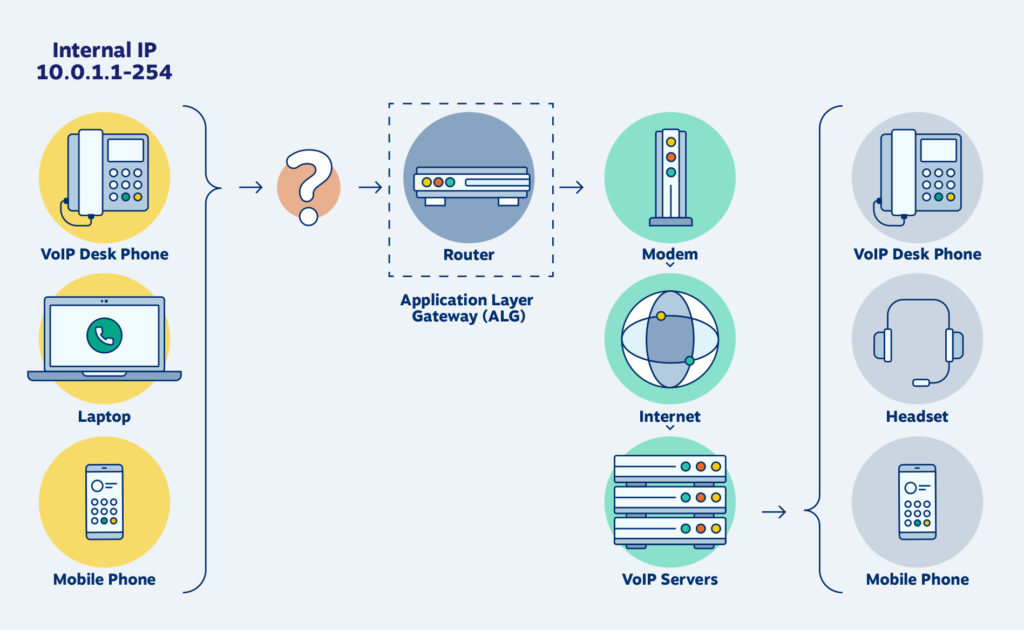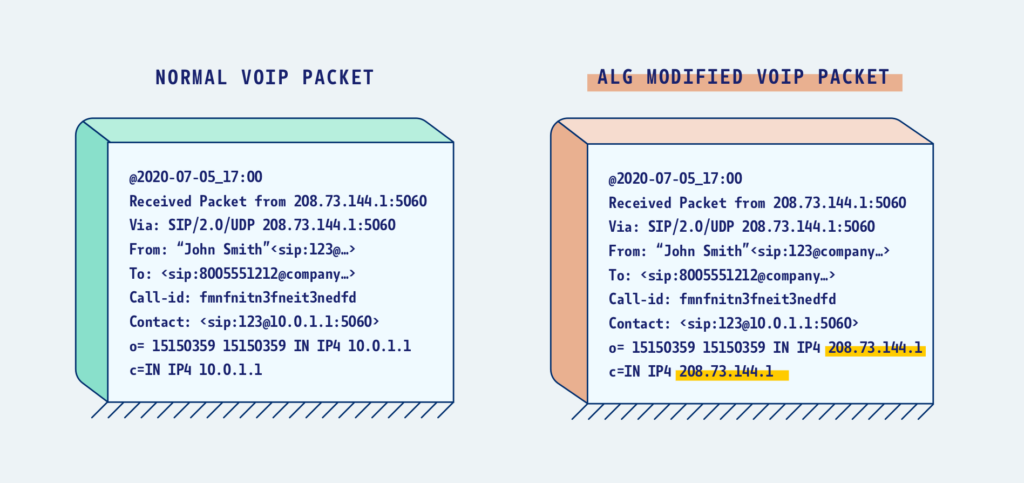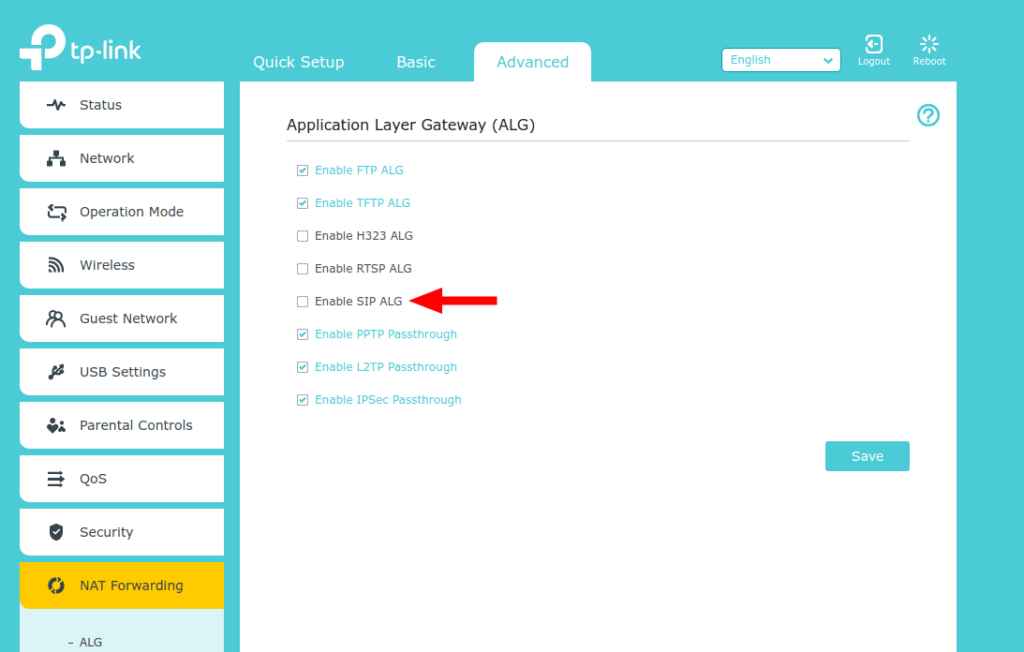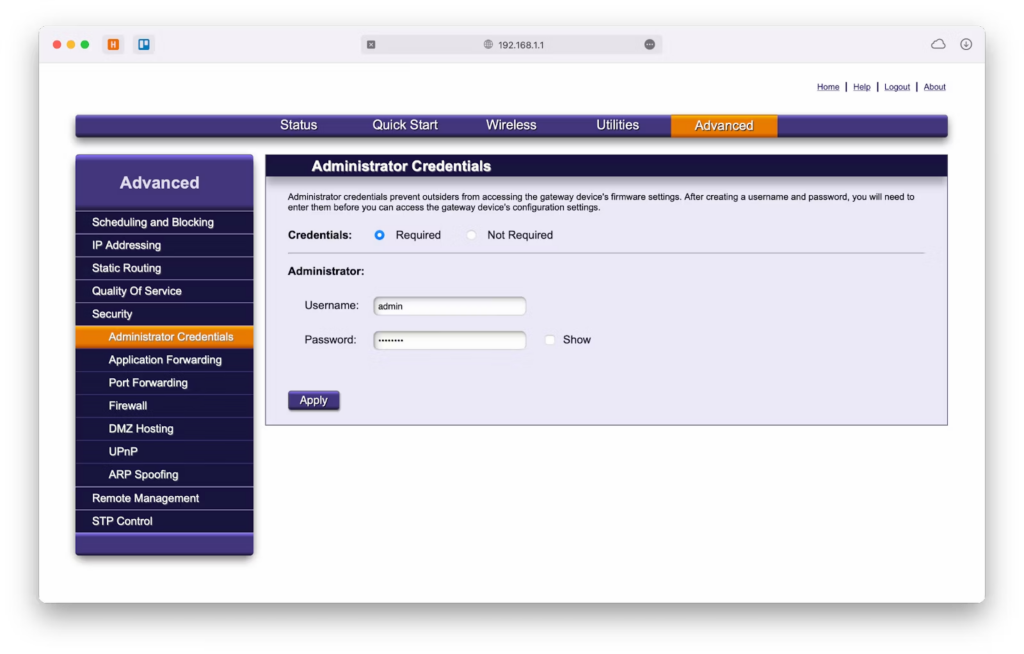Do you have issues with your VOIP or SIP calls?
If so, the culprit could be SIP ALG. SIP ALG or Session Initiation Protocol Application Layer Gateway is a feature on many routers and firewalls that is intended to allow VoIP traffic to pass through.
However, SIP ALG often causes more problems than it solves when it comes to SIP-based calling.
In this article, we will cover what exactly SIP ALG is, how it interacts with SIP, the reasons why you should disable SIP ALG, how to disable it on your router, and other ways to improve SIP calling quality.
The goal is to provide a comprehensive understanding of SIP ALG, why it can cause issues, and how to disable it for a better VOIP experience.
With the right troubleshooting, SIP ALG can be disabled and SIP call quality can be dramatically improved.

What is SIP ALG?
Session Initiation Protocol (SIP) is a signaling protocol used for initiating, managing, and terminating real-time communication sessions like voice and video calls over the Internet.
Some examples of applications that use SIP include Voice over IP (VoIP) phone systems, video conferencing solutions, and instant messaging.
ALG stands for Application Layer Gateway. ALG is a feature that exists on many routers and firewalls to allow specialized applications to pass through the network security devices.
ALG inspects application layer data in packets, performs address and port mappings if necessary, and allows the packets to flow through.
SIP ALG or Session Initiation Protocol Application Layer Gateway is a specific type of ALG designed to allow VoIP traffic using SIP to pass through routers and firewalls.
The goal of SIP ALG is to identify SIP packets, understand the SIP protocol, and dynamically configure firewall pinholes and NAT mappings to allow the SIP traffic to flow correctly.
In theory, SIP ALG is intended to make VoIP applications work seamlessly across NAT and firewall devices. However, in practice, SIP ALG often causes more problems than it solves. The reasons for this will be covered next.

How do SIP and ALG Interact?
To understand the issues with SIP ALG, it helps to know how SIP and ALG interact. Here is a brief overview:
- SIP devices communicate using IP addresses in the SIP signaling messages. These could be private LAN IP addresses.
- The ALG inspects the SIP packets and modifies the IP addresses to match the public NAT-mapped addresses.
- The ALG also opens up dynamic pinholes in the firewall to allow the VoIP RTP media traffic to flow through.
- Ideally, this allows the SIP devices to communicate correctly across NAT and firewalls.
However, there are a few problems:
- The SIP protocol has a lot of variations and custom implementations across different hardware and software. The ALG logic makes assumptions that are not always true.
- The dynamic pinholes opened up cannot match all the possible RTP media port combinations, blocking some media.
- Encrypted SIP traffic cannot be inspected and modified by the ALG, breaking such calls.
- A large amount of SIP traffic can overload the ALG, causing delays or drops.
In essence, the SIP ALG is trying to make SIP work seamlessly across NAT but it lacks the full understanding of the complex SIP protocol.
The next section covers why you should disable SIP ALG to avoid these issues.
Why Should ALG be Disabled?
There are many reasons why disabling SIP ALG leads to better performance and compatibility with SIP-based voice and video calls:
1. Incorrect NAT IP Modification
ALG tries to modify the SIP packets with the public NAT IP address and ports.
However, the ALG does not always have enough context to perform the right IP address translations. This can break SIP communication.
2. Incomplete Media Port Access
ALG opens up RTP media ports dynamically but it cannot match all the RTP port combinations used by the endpoints. This leads to one-way audio or blocked media streams.
3. Encrypted Traffic Breakage
Encrypted SIP and media packets cannot be inspected or modified by the SIP ALG, causing the failure of encrypted calls.
4. High Availability Issues
If high availability failover occurs, the existing ALG session state is lost and calls will drop. The ALG cannot synchronize states between firewalls.
5. Overloaded ALG Performance Issues
A large volume of SIP calls can overload the SIP ALG, leading to delayed or dropped packets which degrades call quality.
6. SIP Variation and Customization Compatibility
The hundreds of SIP implementations and customizations cannot all be accounted for and handled properly by the SIP ALG logic.
7. Advanced SIP Feature Incompatibility
Any advanced SIP features or headers are not understood by the ALG, causing breakage of SIP calls using custom SIP extensions.
8. Security Vulnerabilities
ALG code contains vulnerabilities that can be exploited for security attacks. Keeping ALG disabled reduces the attack surface area.
For these reasons, SIP ALG does more harm than good in most deployments. The best practice is to disable SIP ALG and use alternatives like static pinholes or SIP SIP-aware walls for better VoIP performance and compatibility.

How to Disable SIP ALG on Your Router?
The way to disable SIP ALG depends on the specific router’s make and model.
Here are some general guidelines and methods to disable SIP ALG on popular home and office routers:
1. Access the Router Admin Interface
First, access your router’s admin interface using the IP address (usually 192.168.1.1 or 192.168.0.1). You will need the admin login username and password.

2. Locate SIP ALG Settings
For popular routers like Netgear, Linksys, TP-Link, Cisco, etc. There should be a setting under Advanced Settings, Firewall Settings, VOIP Settings, or, similar to disable SIP ALG.
3. Disable SIP ALG
Set the SIP ALG toggle option to disabled or uncheck the enable option. The setting names vary across brands like SIP ALG, SIP Fixup, VoIP ALG, NAT Helper, etc.
4. Reboot the Router
For the changes to fully take effect, reboot your router after disabling SIP ALG.
5. Check for SIP ALG Option
If you cannot find the SIP ALG toggle in your router admin interface, your router model may not have SIP ALG functionality in the first place.
Disabling SIP ALG will allow SIP traffic to flow naturally without any interference from the router and resolve many SIP SIP-relatedues.
Other Ways to Enhance SIP Calling
Apart from disabling SIP ALG, here are some other tips to enhance the quality and compatibility of your SIP-based calling:
1. Use a Business Class SIP Aware Firewall
Enterprise-grade firewalls can handle SIP traffic properly using SIP awareness instead of SIP ALG. This maintains security without breaking SIP.
2. Open Static SIP and RTP Ports
Open required ports in your firewall statically for SIP and RTP traffic without relying on SIP ALG for dynamic openings.
3. Enable STUN for NAT Traversal
Use STUN servers to allow SIP clients to discover public NAT IP addresses and ports for traffic punching.
4. Deploy Local SIP Server
Have your SIP server like Asterisk located on the LAN instead of the public Internet to avoid NAT issues.
5. Use SIP Over TLS Encryption
Encrypt your SIP signaling to avoid any inspection and breakage of calls due to ALG or firewall restrictions.
6. Isolate Voice and Data Traffic
Separating voice and data on different physical interfaces and VLANs prevents unwanted interference.
With the right network design and security policies, SIP calls can work reliably without needing the problematic SIP ALG functionality.
Conclusion
SIP ALG is a common feature on many routers and firewalls that often causes problems with SIP-based voice and video calls.
Due to incompatible NAT handling, incomplete media access, encryption breakage, performance issues, and lack of SIP protocol support – it is recommended to disable SIP ALG.
Use SIP-aware firewalls, static pinholes, STUN, local SIP servers, and other techniques instead for the best quality. With SIP ALG disabled and proper network design, your SIP calling experience will be smooth, reliable, and high quality.
Frequently Asked Questions (FAQ)
Ques 1. Why is SIP ALG bad?
Ans. SIP ALG often breaks calls due to incorrect NAT translation, incomplete media access, encrypted call failures, overload issues, SIP incompatibility, and security vulnerabilities.
Ques 2. Should I disable SIP ALG?
Ans. Yes, disabling SIP ALG is recommended for better SIP call quality and compatibility. Use SIP-aware firewalls and other techniques instead.
Ques 3. Where is the SIP ALG setting on my router?
Ans. It is usually under Advanced Settings, Firewall, VOIP, or similar sections named SIP ALG, SIP Fixup, VoIP ALG, NAT Helper, etc. depending on the router brand.
Ques 4. What if my router does not have SIP ALG?
Ans. If you cannot find a SIP ALG setting, your router model likely does not have SIP ALG functionality, so it is already disabled by default.






